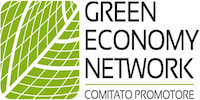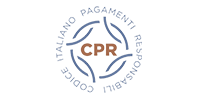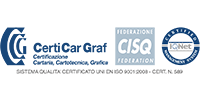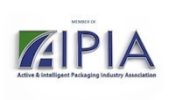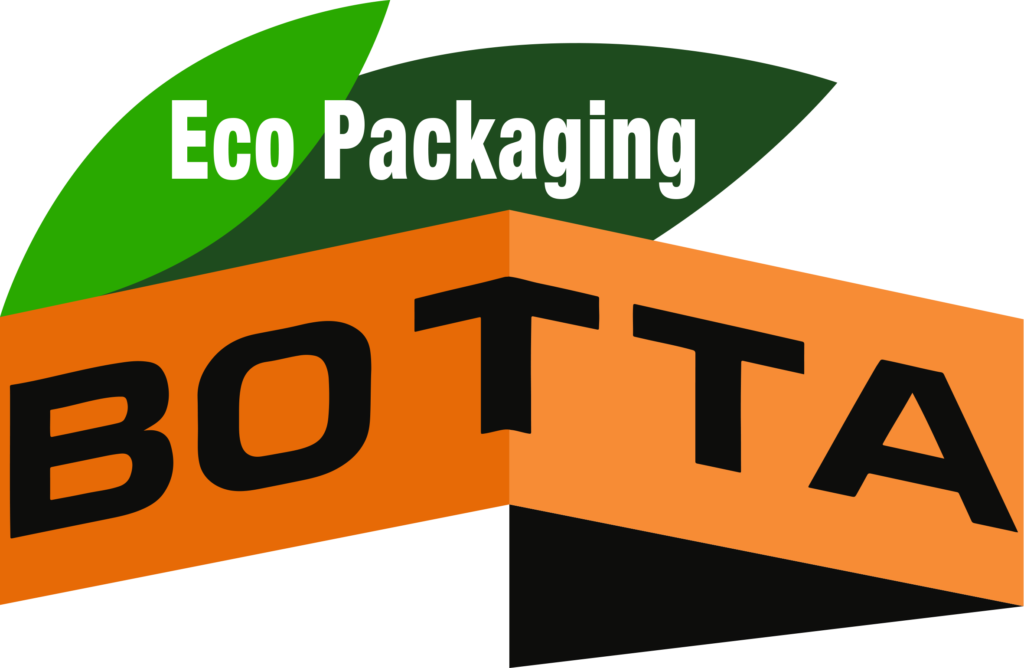The packaging industry is ripe with opportunities for innovation and sustainability. A recent report [1] by Industrial Physics highlights that material choice, manufacturing technologies and lightweight packaging solutions are key areas with significant potential to drive substantial improvements in the industry.
At the forefront of these innovations are post-consumer recycled (PCR) materials, which are crafted from recycled plastics and provide an eco-friendly packaging alternative [2]. In an interview with Industrial Physics, Lara Botta, Vice President of BOTTA EcoPackaging, emphasized the value of PCR materials, particularly in situations where traditional materials are inefficient or not cost-effective.
“PCR materials offer a sustainable alternative that aligns with both environmental goals and economic viability,” Lara explained [1]. She emphasized the importance of adopting PCR materials to reduce the environmental impact of packaging and meet the increasing demand for sustainable solutions in the industry. PCR supports recycling and reusing plastic, reducing the need for new plastic production, minimising waste, and cutting greenhouse gas emissions.
Leading companies like Patagonia are already embracing PCR materials. In 1993, they became the first outdoor clothing manufacturer to utilize post-consumer recycled (PCR) plastic soda bottles in their fleece line [3]. Over 13 years, Patagonia estimates they diverted a staggering 86 million soda bottles from landfills. Today, their use of recycled polyester has expanded significantly. They incorporate PCR materials into various garments, including Capilene® base layers, shell jackets, board shorts, and fleece, demonstrating a significant expansion in the use of PCR materials [3].
At BOTTA EcoPackaging, we have also adopted these innovative practices. Our Eco-PCR Envelopes are made from post-consumer recycled materials, which not only help to mitigate environmental impact but also serve as a testament to the potential of PCR materials in diverse applications beyond the textile industry.
One of the challenges manufacturers face when selecting materials is cost, according to Lara. While PCR materials provide environmental benefits, the cost can be a significant barrier. Balancing the need for sustainable packaging with budget constraints remains a critical issue for many companies. However, the report suggests that automation can be a solution to this issue. By automating production processes, manufacturers can reduce costs, labor, and time, making the adoption of PCR materials more economically feasible.
Therefore, Manufacturers in the packaging industry must collaborate to overcome the cost barriers associated with packaging materials. Investing in automation and innovative technologies is crucial for driving down costs and speeding up the transition to sustainable packaging solutions.
Find out more about PCR materials and how BOTTA EcoPackaging can help your business adopt eco-friendly solutions. Get in touch with us today!
References


